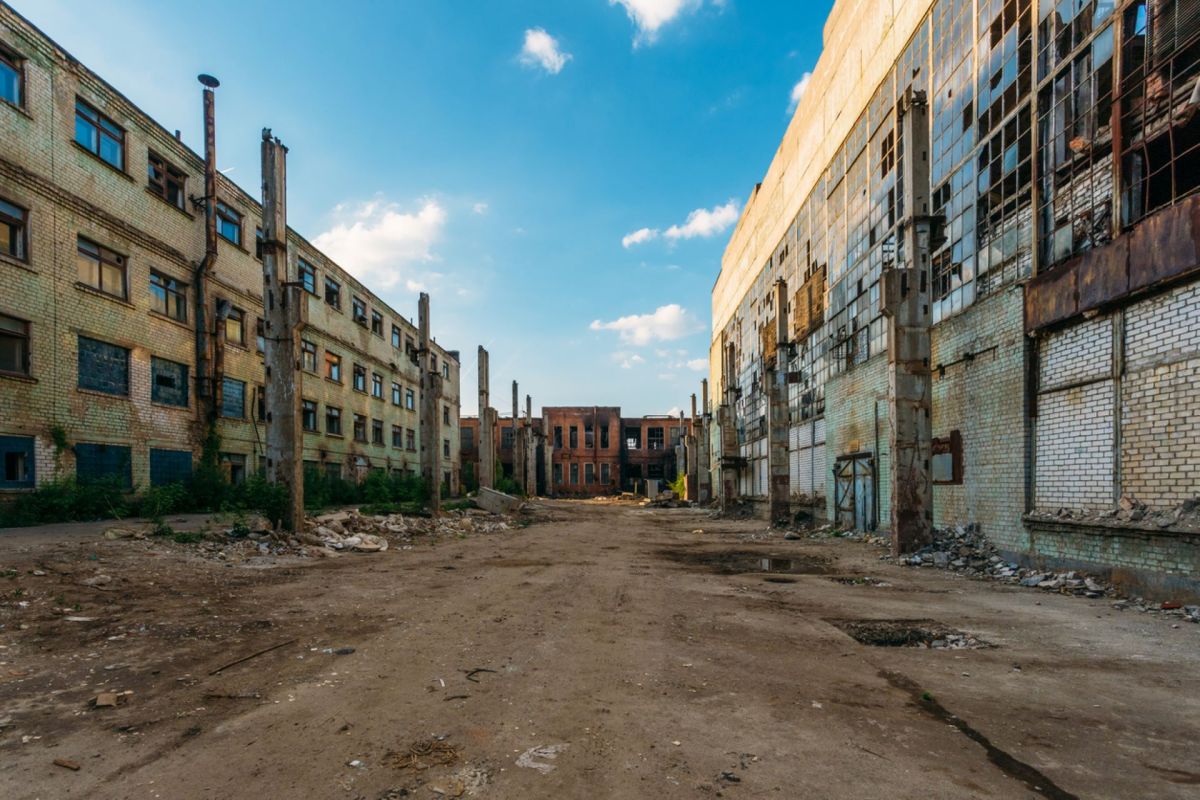The city known as "the rubber capital of the world" — due to its heavy tire production — is positioned to make a mark with a new kind of tread: that on the bottom of a shoe.
As the Akron Beacon Journal reported, the Akron Ohio City Council unanimously passed nine pieces of legislation that are all part of a bigger plan to turn the Merriman Valley-Schumacher Area into a walkable corridor to Cuyahoga Valley National Park.
The city had initially planned to turn the public property into a large housing development, but the group Preserve the Valley — a citizen action group — teamed up with Akron and Cuyahoga Falls to come up with a new plan.
According to the Beacon Journal, this plan aims to protect the area using two types of conservation districts — Open Space Conservation Districts, which will stay mostly undeveloped and restrict the kind of buildings that can be built there, and Conservation Neighborhoods, which require 70% of the green space in the area to be preserved and allow a maximum of 12 homes per acre.
The new code is form-based, as opposed to the old use-based code, which lends to a walkable city by allowing for a mix of compatible uses. The plan also stipulates that only native plants — plants adapted to an area's moisture level, soil, weather, and native wildlife — can be used to landscape the Open Space Conservation Districts.
Walkable cities like the one planned for Akron are a boon for the environment and the people living there. Studies have shown that a daily brisk walk can reduce the risk of heart disease and cancer and that living near trees could add up to 2.5 years to a person's life.
So, making it easier for people to walk as much as possible is a step in the right direction.
Green spaces also help slow the rapid overheating of our planet, as trees soak up carbon and help reduce the urban heat island effect a housing development would only exacerbate.
In an earlier article by the Beacon Journal announcing the city's plans to develop the area, Alex Czayka, senior vice president for conservation transactions at the Northeast Ohio agency, stated, "As the last major greenfield in the City of Akron, we believe this property offers too much natural resource value to be developed."
John Malish, an arborist for the city, otherwise stated, "For Akron to remain a thriving, welcoming and 'green' city, it is important that all property owners, both public and private, adopt the mindset of not removing urban trees unless they are dangerous, unhealthy, or will be replaced elsewhere in our community."
In a win for the people and planet alike, it looks like the city agrees.
Join our free newsletter for cool news and actionable info that makes it easy to help yourself while helping the planet.









